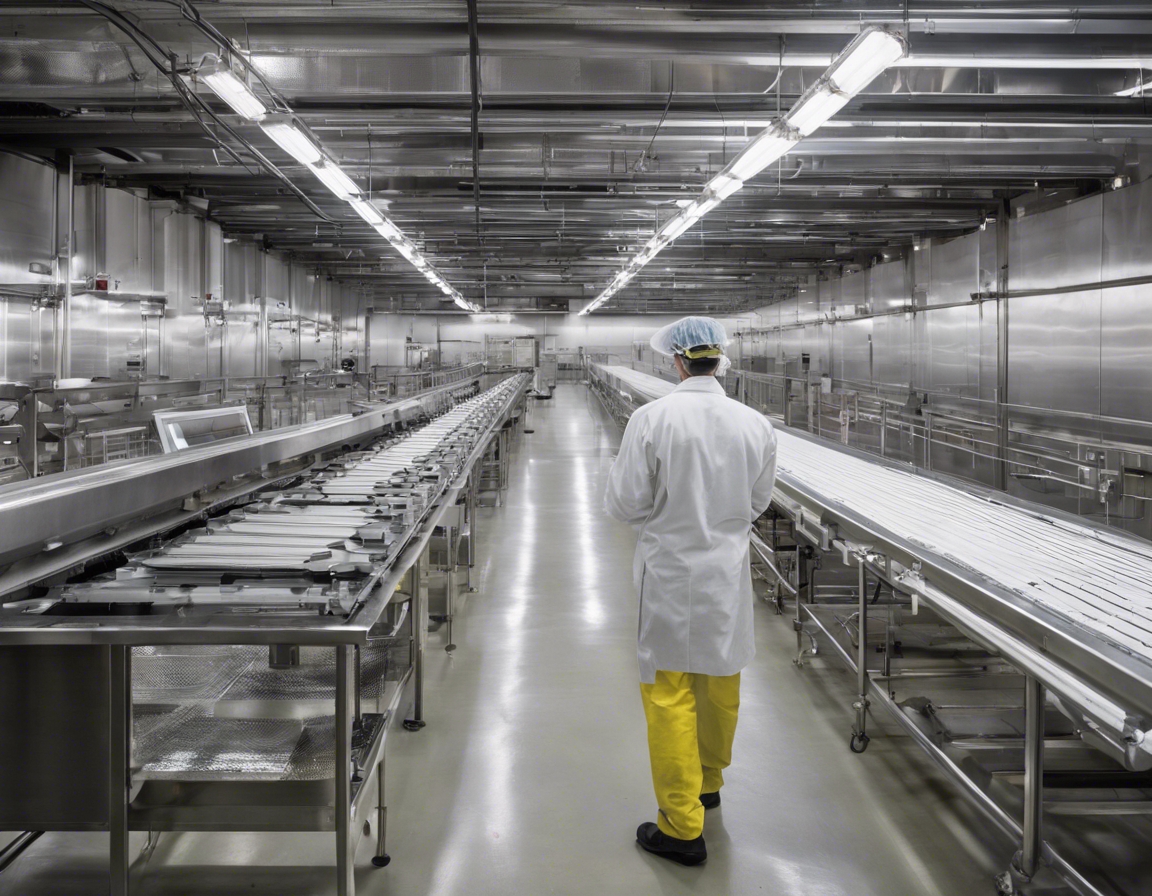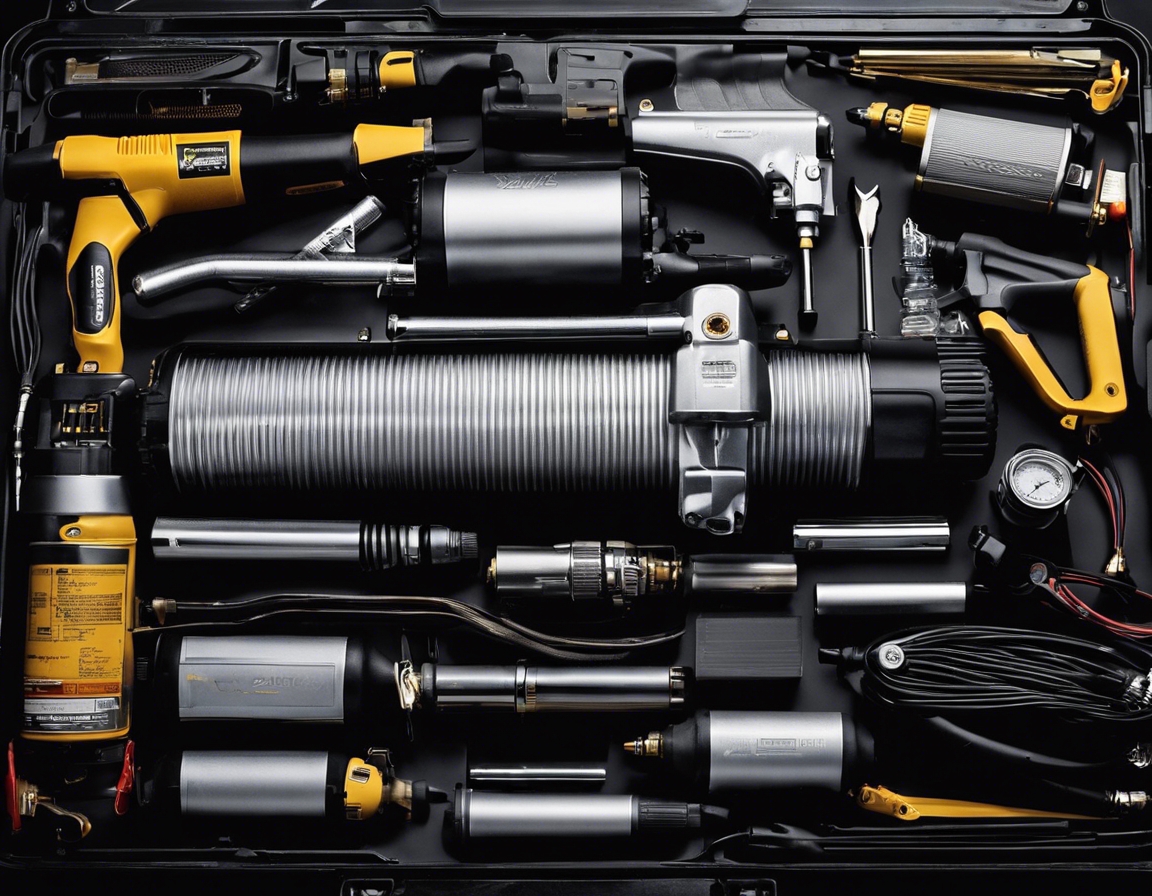The future of hydraulics in modern industry
Hydraulics, the technology that harnesses the power of fluid pressure, has been a cornerstone in modern industry, driving machinery and systems in sectors ranging from construction to electronics. Despite its long-standing presence, the future of hydraulics is poised for a transformative shift, thanks to technological advancements and the evolving demands of modern industry.
Hydraulic systems are prized for their ability to generate immense power, precise control, and enduring performance. They are integral to heavy machinery, aerospace, automotive manufacturing, and more, providing the muscle that powers a vast array of industrial operations.
Traditional hydraulic systems, while powerful, face challenges such as energy inefficiency, environmental concerns, and integration difficulties with modern automated processes. These challenges drive the need for innovation and adaptation in hydraulic technology.
Technological Advancements in Hydraulics
Electro-hydraulic systems represent a significant leap forward, merging the reliability of hydraulics with the precision of electronic control. These systems offer improved efficiency and adaptability, allowing for more sophisticated and responsive operations.
The integration of smart hydraulics with the Internet of Things (IoT) is revolutionizing how hydraulic systems are monitored, controlled, and maintained. IoT-enabled hydraulics can predict maintenance needs, optimize performance, and enhance safety.
As industries face increasing pressure to reduce their environmental footprint, green hydraulics emerge as a solution. These systems are designed to minimize energy consumption and environmental impact, without compromising on power or performance.
Hydraulics in Automation and Robotics
Automation and robotics demand high levels of precision and control, areas where hydraulics excel. The future will see hydraulics becoming even more integral to these fields, with systems offering finer control and more nuanced movements.
Collaborative robots, or cobots, work alongside humans and require safe, precise, and reliable actuation. Hydraulic systems are being designed to meet these needs, ensuring cobots can operate effectively in a shared workspace.
Material Innovations and Durability
The development of new materials and coatings for hydraulic components is extending the life and efficiency of systems. These innovations also contribute to the overall sustainability of hydraulic solutions by reducing the need for frequent replacements and maintenance.
Advancements in materials and technology are also leading to hydraulic systems that are more durable and easier to maintain, reducing downtime and improving the longevity of industrial equipment.
Integration with Industry 4.0
As Industry 4.0 reshapes the manufacturing landscape, hydraulics are adapting to integrate seamlessly with existing systems, providing a bridge between traditional machinery and smart factory environments.
Big data analytics is becoming an essential tool for optimizing hydraulic system performance. By analyzing large datasets, businesses can gain insights into system behavior, predict failures, and streamline operations.
Training and Skill Development
The complexity of modern hydraulic systems requires a new generation of skilled technicians. As the technology evolves, so does the need for specialized training and knowledge.
Industry-led training programs and certifications are crucial for equipping the workforce with the necessary skills to install, operate, and maintain the advanced hydraulic systems of the future.






Comments (0)